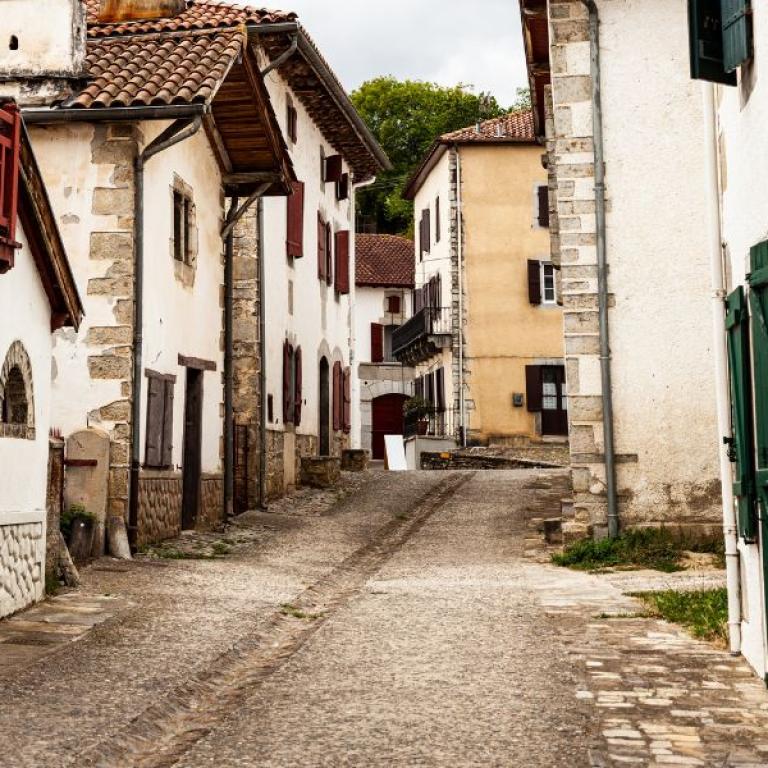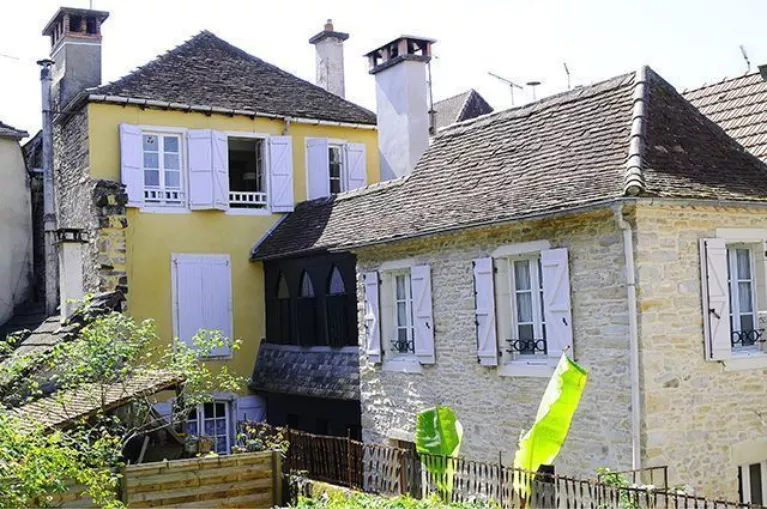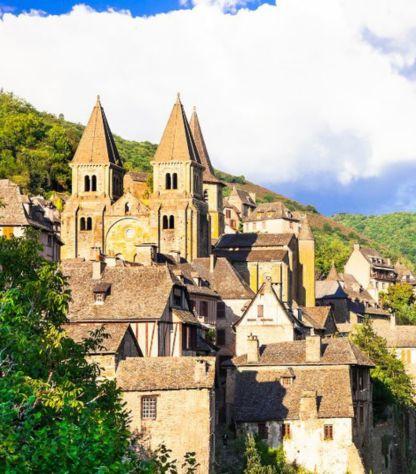The most well-known and described section of the French Way starts from Saint-Jean-Pied-de-Port, although only a small portion of it is actually in France. However, this journey takes you along the Via Podiensis, through the stretch that leads from the village of Aire-sur-l'Adour - known for its UNESCO Heritage church - to Saint Jean. Along the way, you'll traverse a lush landscape of hills, Romanesque churches, monasteries, medieval chapels, and fortified villages, including Navarrenx, among the most beautiful villages in France.
The journey continues through forests and countryside with the Pyrenees in the background, crossing the border into the French Basque Country. Here, you'll find the Stele of Gibraltar, where all the paths from France converge, until you reach the village of Saint Jean, at the foot of the Roncevaux Pass.Here, savor a Basque cake to celebrate - or to replenish your energy because, if you're not done yet, another Camino lies ahead of you.


























